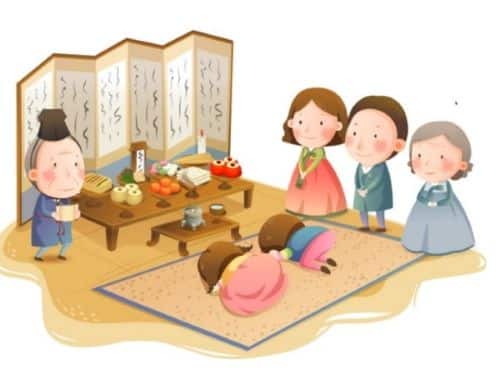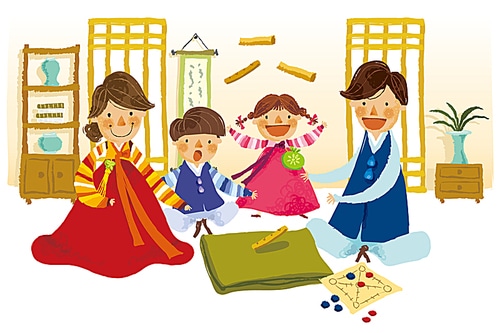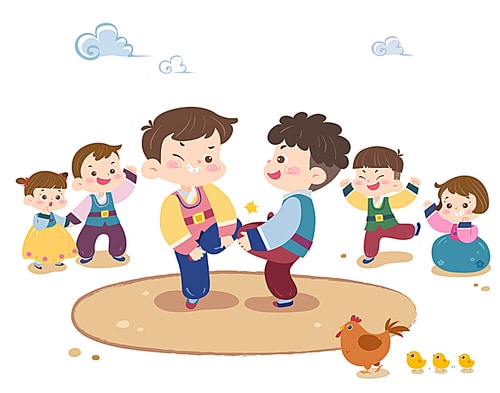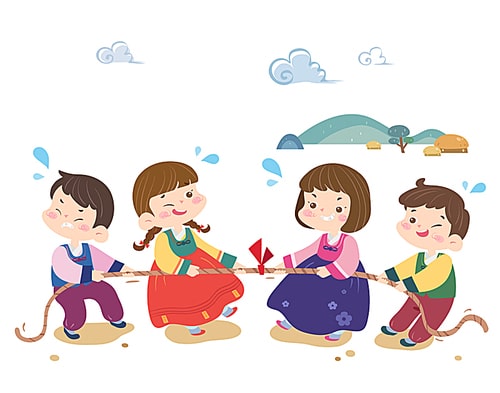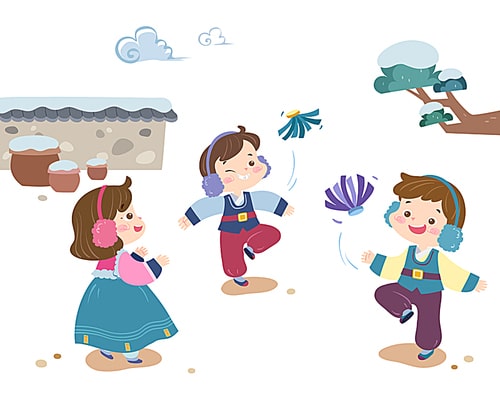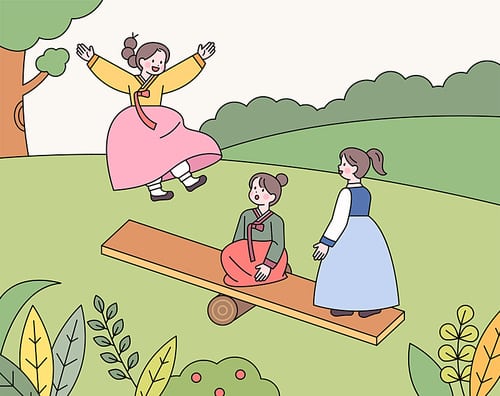Chuseok: The Korean Harvest Festival
Chuseok 추석, also known as the Korean Harvest Festival or Korean Thanksgiving, is one of the most significant and cherished holidays in South Korea. Rooted in the nation’s agricultural heritage, this three-day festival is a time for Koreans to express gratitude for the year’s bountiful harvest, honor their ancestors, and strengthen family bonds.
The Significance of Chuseok
Chuseok is celebrated from the 14th day to the 16th day of the eighth month of the lunar calendar, which corresponds to late September or early October in the Gregorian calendar. It is a time when the entire nation comes together to celebrate the season of abundance and the importance of family.
- Harvest Celebration: Chuseok is deeply rooted in agriculture and celebrates the successful harvest of rice, fruits, and vegetables, giving thanks for a prosperous year.
- Ancestor Worship: Another central aspect of Chuseok is Charye, a ritual to honor deceased ancestors. Families gather at their ancestral gravesites to clean and perform rites, expressing gratitude and respect for their ancestors’ contributions.
- Family Reunion: Chuseok is a time for families to come together, often traveling long distances to be with loved ones. It’s a time of warmth, unity, and strengthening family bonds.
Traditions and Customs
1. Charye
Charye 차례 is a solemn ancestral ritual performed during Chuseok. During Charye, families come together to pay their respects to their deceased ancestors by setting up an elaborate table adorned with various offerings. These offerings typically include freshly harvested fruits, specially prepared rice cakes known as songpyeon, and other traditional foods. As participants bow and perform specific rites, they express gratitude to their ancestors for their blessings and seek their continued protection and guidance
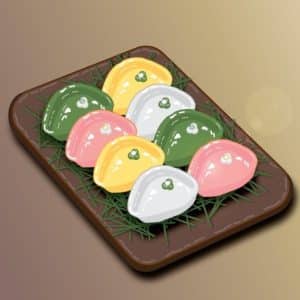
2. Songpyeon
Songpyeon 송편 are crescent-shaped rice cakes traditionally made during Chuseok. Families gather to make and share these delicious treats, often filling them with sweet or savory fillings and then steaming or boiling them.
3. Hanbok
Traditional Korean clothing, known as hanbok, plays a significant role during Chuseok. It is customary for families to wear hanbok as a symbol of respect and tradition.
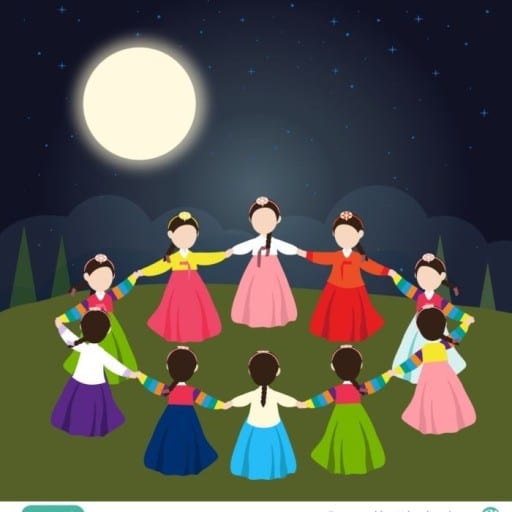
4. Ganggangsullae
This traditional Korean circle dance 강강술래 is performed under the bright Chuseok moonlight. Participants, often women, hold hands and sing while dancing in a circle. It is both a cultural and communal experience.
5. Folk Games
Various traditional games are played during Chuseok, such as 씨름 ssireum (Korean wrestling), archery, 줄다리기 juldarigi (tug of war),닭싸움 dagsaum (chicken fight),널뛰기neolttwigi (seesaw), 투호 tuho (pitch-pot), 윷놀이 yutnori (a board game), 제기차기 jegichagi (shuttlecock-kick). These games add an element of fun and competition to the festivities.
Modern Chuseok Celebrations
While Chuseok maintains its deep-rooted traditions, modern celebrations have adapted to contemporary lifestyles. Many urban families spend time in their hometowns or travel to resorts during the holiday. Additionally, Chuseok TV specials and variety shows have become a staple of the holiday, featuring entertainment and performances that keep families engaged during their time together.
If your child would like to learn more about Korean language and culture, book a Korean class with ALS today.


